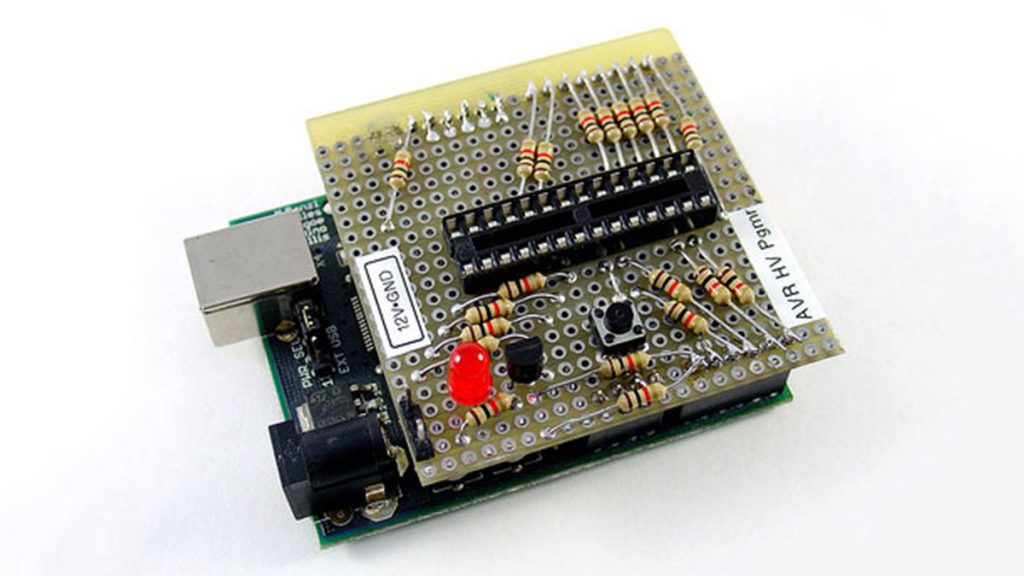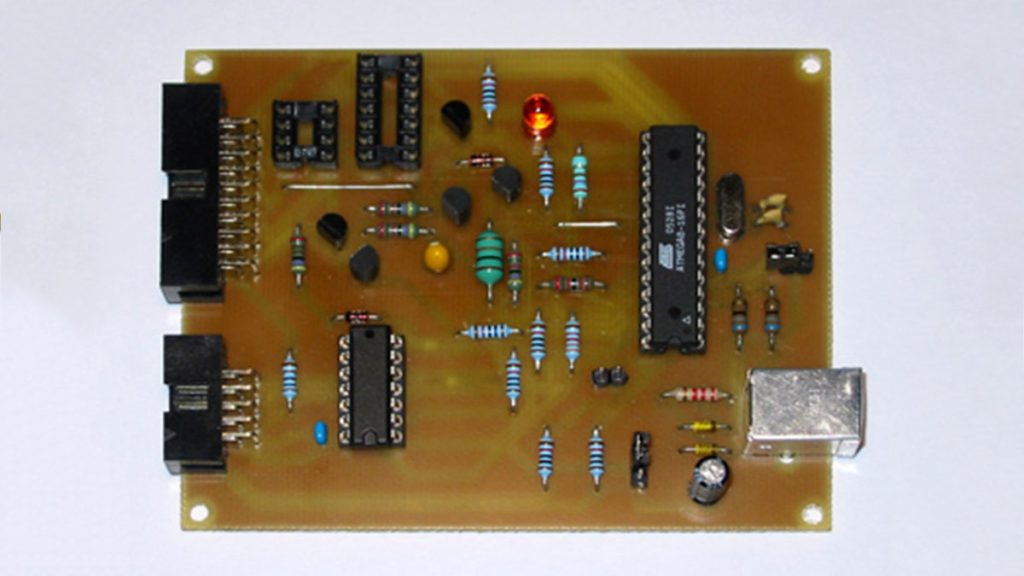AvrX, Real Time Kernel using AVR microcontroller
AvrX is a Real Time Multitasking Kernel for AVR microcontrollers written in assembly. Total kernel size varies from ~500 to 700 words depending upon which version is being used. Since the kernel is provided as a library of routines, practical applications take up less space because not all functions are used. AvrX has 40 API […]
AvrX, Real Time Kernel using AVR microcontroller Read More »



